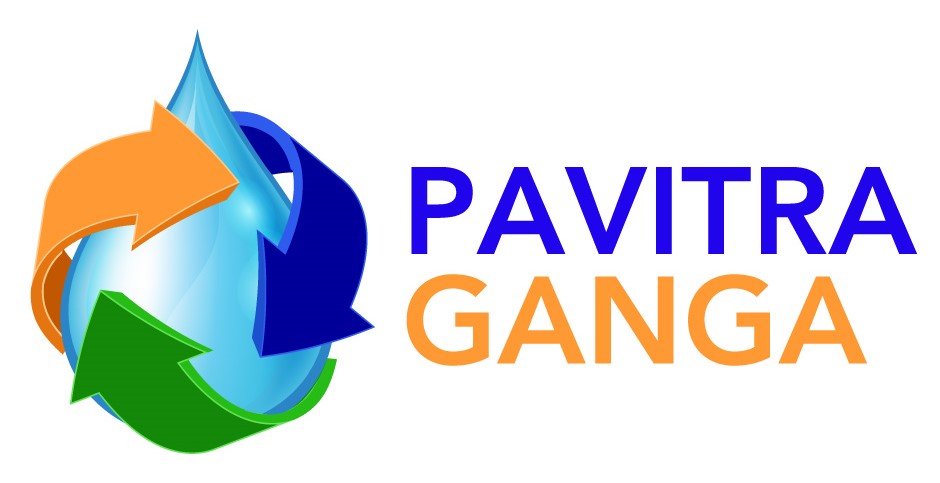| Course Coordinator/Contact Person |
Dr. M. Dinesh Kumar |
Key Topics and Contributors
- Dr M. Dinesh Kumar
Key questions in water management that require the use of DSTs.
Working of widely-used decision support tools in water management (groundwater modelling, catchment assessment and management, flood management, and water balance studies and water resource planning) and their application for water management decision-making.
Case studies on the application of Water Evaluation and Planning (WEAP) system for river basin planning
- Mr Saikat Mandal
Application of remote sensing and GIS in computation of runoff from rainfall using SCS Curve Number Method
- Ms Vaishnavi PNA
Setting up of Water Evaluation and Planning (WEAP) system and running of scenarios
- Ms Ambili Ramdas
Use of GIS for regional water quality modelling (with a case study of Ganga river basin)
On completion of this course, the participants will:
- Be conversant with the functions of some of the most relevant decision support tools available for solving water management problems such as WEAP, MODEFLOW, and SWAT
- Know the complete steps for setting up and running of the WEAP model with scenarios for water resources development and management at the river basin level
- Learn about estimation of runoff for large catchments using daily rainfall values using US Soil Conservation Bureau’s Curve Number method, with the application of remote sensing and GIS for soil and land cover mapping
- Know the full application of Water Evaluation and Planning System for basin planning: model configuration; data compilation and entry and running of the model for various water balance scenarios; drawing inferences
- Learn about the limitations of mathematical models for solving water management problems and the cautions to be exercised while using various DSTs in water management decision-making
Target Group and Skill Level
Professionals with a master’s degree in irrigation/water resources management/water resources engineering, environmental engineering
Suggested Learning Activities
- Reading the five Power Point Presentations
- Reading the reference materials available on the working and application of two DSTs (one for water balance modelling and the other for runoff estimation)
- Running the online versions of the models such as WEAP for a simple river basin with a few water systems; and computation of runoff for a simple catchment using daily rainfall values for 10 years
Online Course Duration
Approximately five hours
Estimated Workload/Study Load
16-20 hours
